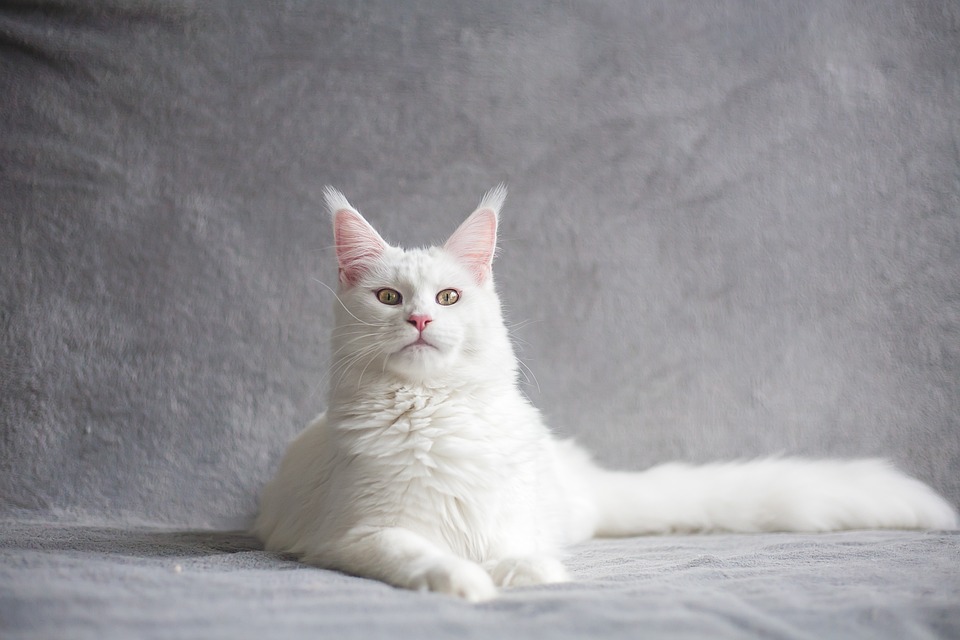Header 1: Introduction
Bird watching is a favorite pastime for many cat owners, as the sight of fluttering wings and melodious chirping can captivate both our feline friends and ourselves. If you’ve ever noticed your cat chattering or making peculiar sounds while observing birds, you might wonder what triggers this behavior. In this article, we delve into the intriguing world of chattering behavior during bird watching and shed light on its underlying causes.
Header 2: What is Chattering Behavior?
Chattering behavior refers to the unique vocalization and movement patterns exhibited by cats when they observe birds or other prey animals. Typically, cats emit a series of rapid, high-pitched, and chirping sounds while simultaneously quivering their jaws or making biting motions. This behavior often occurs when a cat is excited or intensely focused on a bird, displaying their natural hunting instincts.
Header 3: Why Do Cats Chatter?
3.1 Instinctual Response
Chattering behavior can be attributed to a cat’s instinctual response to potential prey. Cats are natural hunters, and when they observe birds, their predatory instincts kick in. The chattering sounds and jaw movements are believed to mimic the cat’s anticipation of capturing and biting the bird.
3.2 Frustration and Excitement
As your cat sits safely indoors, observing birds through a window, they may experience a mix of frustration and excitement. Unable to physically reach their prey, the chattering behavior may serve as a release of pent-up energy and a way to cope with the excitement of the chase.
3.3 Communication
Some experts believe that chattering behavior could also serve as a communication method. Cats may use this vocalization to signal to other cats or even their human caretakers about their discovery. It could be their way of saying, “Look, I found something interesting!”
Header 4: Frequently Asked Questions (FAQs)
4.1 Q: Is chattering behavior exclusive to birds, or can it occur with other stimuli?
A: While chattering behavior is commonly observed during bird watching, it can also occur when cats observe other prey-like stimuli such as squirrels, insects, or even toys that resemble small animals.
4.2 Q: Can all cats exhibit chattering behavior?
A: Chattering behavior is most commonly observed in domestic cats, but not all cats exhibit this behavior. It may depend on the individual cat’s personality, prey drive, and level of excitement towards the stimulus.
4.3 Q: Should I be concerned if my cat exhibits chattering behavior?
A: Chattering behavior is generally considered normal and harmless. It’s a manifestation of your cat’s natural hunting instincts. However, if you notice any signs of stress, aggression, or obsessive behavior accompanying the chattering, it’s advisable to consult with a veterinarian or animal behaviorist.
4.4 Q: Can cats ever overcome the urge to chatter when watching birds?
A: Chattering behavior is deeply ingrained in a cat’s instinct, and it may be challenging to fully suppress or eliminate. However, providing interactive toys, engaging your cat in play sessions, and creating a stimulating environment can help redirect their focus and energy away from chattering behavior.
Header 5: Conclusion
Bird watching and chattering behavior go hand in paw for many cats. Understanding the underlying motivations behind this behavior allows us to appreciate our feline friends’ innate instincts and provide them with an enriched environment that satisfies their natural hunting desires. So, the next time you witness your cat chattering at a feathered visitor, remember it’s their way of expressing their wild side while enjoying the wonders of bird watching.








